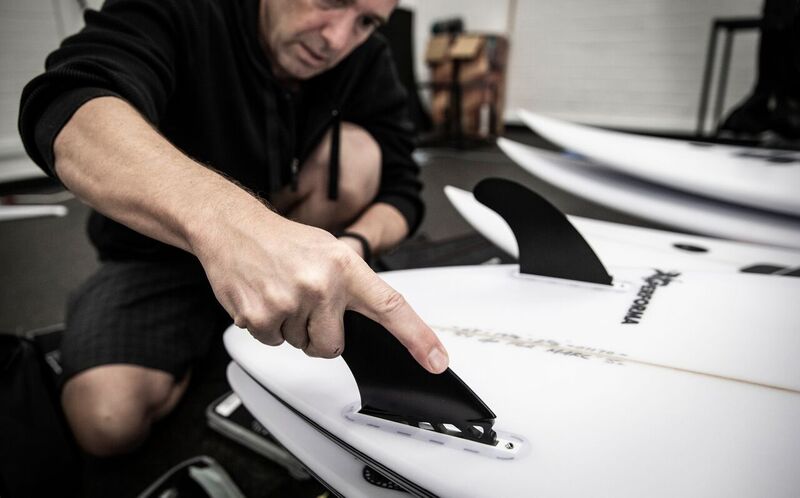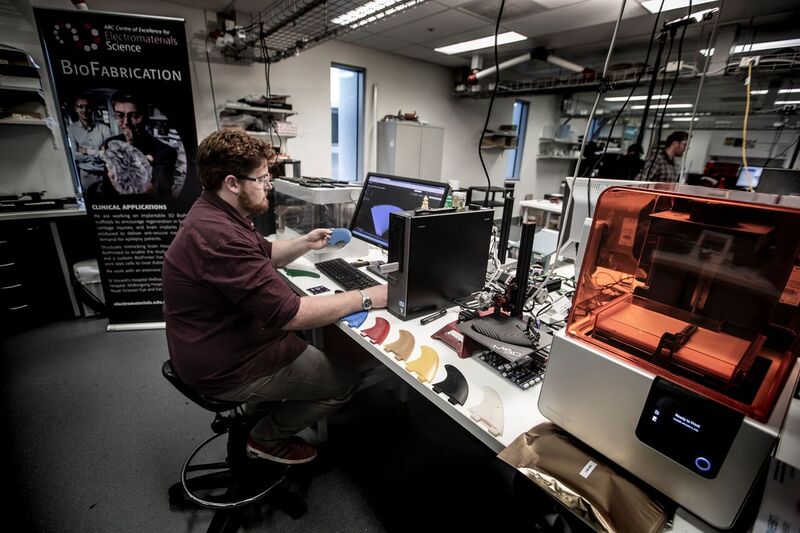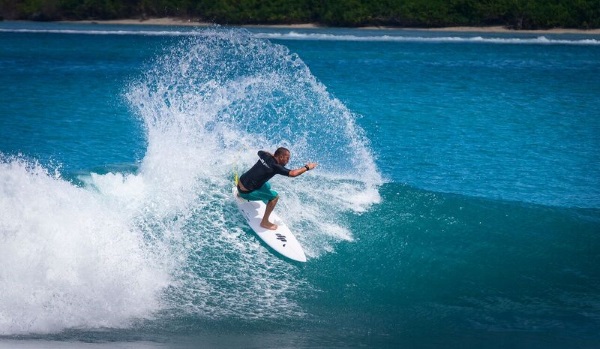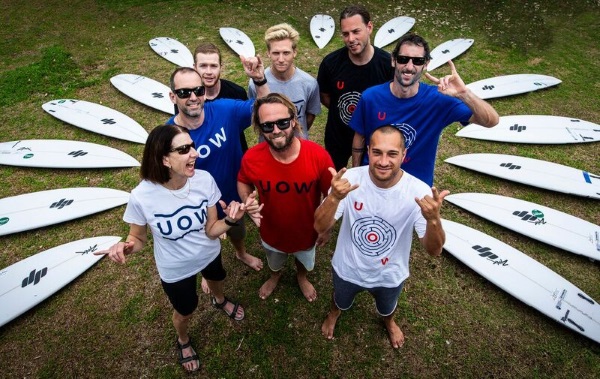Until today, we have seen a wide range of 3D printing applications in various industries apart from sport. A research team from the University of Wollongong (UOW) has remedied this situation. They have recently combined their love for the sport of surfing with additive manufacturing.
As part of a Global Challenge Program, the surfers/researchers decided to compare 3D printed fin shapes with conventional fins. They tested new shapes of 3D printed surfboard fins produced at the Australian National Fabrication Facility node at the UOW.
Could 3D printing revolutionize the sport of surfing?
The beginner would not notice any difference between the 3D-printed surfboard fins and the conventional surf fins. However according to Professor Marc in het Panhuis, a 3D printing specialist, the difference relies in the ride.
The expert explained that two things are required to ride waves: ocean swell and the board (fitted with fins). Surfboards offer a wide range of possibilities in terms of sizes and shapes, but those possibilities are not the same when it comes to surfboard fins. “Sitting in an office with surfboards leaning against a desk and surf posters gracing the walls, Professor in het Panhuis proudly holds up a 3D-printed fin and points to the different sections. “There is a lot to a simple surfboard fin, you have to consider the fin base, depth, rake (or sweep), foil, cant, toe and flex. Not to forget, the number of fins and their positioning on a surfboard.”

The research team therefore used a CAD software to create fin designs. Thereafter, they used computational fluid dynamics to see how the fin was likely to perform in the water. They finally chose the most convenient materials to 3D print the prototype.

The test
Now comes the hardest part of the project. A well-known left-hand-breaking wave called Macaronis was the ideal to test the newly 3D printed surfboard.
They caught several waves with the array of different surfboard fins and carried out as many turns as possible. One of the surfing participants, Dylan Perese “produced standardized surfboards for the trip that were all the same shape, which was vital for the fin testing.”
For Professor in het Panhuis, this project demonstrated the capacity to strengthen Australia’s competitive edge in certain niche manufacturing industries. “We have shown that we can combine science and surfing, and that we can use 3D printing to produce unique fin prototypes that surfers love to ride.”
For further information about 3D Printing, follow us on our social networks and subscribe to our newsletter
Would you like to subscribe to 3D Adept Mag? Would you like to be featured in the next issue of our digital magazine? Send us an email at contact@3dadept.com
//pagead2.googlesyndication.com/pagead/js/adsbygoogle.js
(adsbygoogle = window.adsbygoogle || []).push({});







